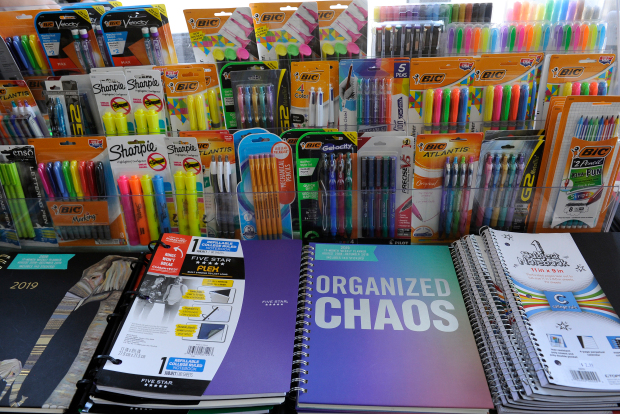Back to School…the sweetest words to a retailer’s ear besides ‘Holiday Season.’ This is at least historically true, as the season consistently trends as the second largest in terms of consumer spending.
The question now becomes, how will this be impacted in a year consumed by a global pandemic?
Retailers are already dealing with the impact of store shutdowns, reduced hours, tightened consumer spending, and an augmented shopping experience. Traffic is down significantly in many retail sectors, and a healthy back to school season would be a significant boon to sales in what is expected to be a dismal 2020.
Understanding ever-changing consumer shopping habits and preparing accordingly could be the difference during this possible make or break season. Luckily, consumer surveys completed by NRF and Deloitte help us gain a better understanding of what’s to come.
When are they buying?
Leading into 2020, back to school shopping had started to begin earlier and earlier, with studies showing shopping beginning as early as the week of July 4th, and conversions starting to climb steadily from about July 8 to August 5.
In contrast, the uncertainty surrounding how schools will open this year has contributed to a delay in spending. Consumers surveyed in NRF’s annual report had finished only 17 percent of their shopping on average by early July.
The good news here is that low sales numbers at this point do not necessarily correlate to low sales numbers for the entire season. As more schools start to provide confirmed reopening plans and lists of required school supplies, consumer spending is expected to rise.
What are they buying?
Categories for back to school shopping remain largely the same, however the spending mix will be skewed when compared to previous years. With 55 percent of shoppers expecting at least some of their classes to be taken at home this fall, spending is expected to shift to non-traditional items for the season – 36 percent expect to buy laptops, 22 percent computer speakers/headphones, 21 percent other accessories such as a mouse or flash drive, and 17 percent printers. In fact, 63 percent of K-12 families expect to buy computers and other electronics this year, up from 54 percent in 2019.
Even with this shift and a 17 percent reduction in spending on clothing, accessories, and traditional school supplies, the category still remains the largest portion of back to school spending.
Other wrinkles in spending trends include an allocation of budget to personal health products (such as sanitizer and wipes), and an increased influence of children over purchasing decisions – up to 69% from 54% in 2019. Children do not necessarily have the same frugality as their parents, which should lead to increased spending in certain categories.
Where are they buying?
As with previous years, price (82 percent) and convenience (80 percent) remain the heaviest influences on where to make purchases for consumers. However, safety (59 percent) has risen significantly and will have a great influence on purchasing decisions in 2020.
When the price is right and the shopping experience is convenient and safe, where do consumers go?
Online spending is due for a significant increase, up to 55 percent from 49 percent in 2019. Results also indicate that other emerging technologies (such as voice assistants and cashierless stores) are starting to gain some traction as well, with up to 15% of shoppers expecting to use at least one of the formats.
Declines are expected at all other shopping destinations, with 37 percent of consumers going to department stores (down from 53 percent), 36 percent discount stores (down from 50 percent), 30 percent clothing stores (down from 45 percent) and 23 percent office supply stores (down from 31 percent).
How much are they spending?
This is where the two reports clash a bit, but either way we seem to be looking at a positive or flat trend for the 2020 season.
According to the NRF survey, parents with children in elementary school through high school say they plan to spend an average $789.49 per family, topping the previous record of $696.70 they said they would spend last year. Spending is expected to total $33.9 billion, up from $26.2 billion last year and breaking the record of $30.3 billion set in 2012.
On the contrary, the Deloitte survey findings show that back to school spending will likely remain level year-over-year, reaching $28.1 billion for K-12 students, or approximately $529 per student.
No Matter What, Be Prepared
Although some conflicts do reside in the data, it is apparent that spending is not going to halt and being prepared for season is more important now than ever for retailers.
In reviewing the data, it becomes obvious that shoppers care about safety, convenience, cost, and necessity. Personnel, marketing, and inventory are all very important in this regard, however one area that is often overlooked (and is just as, if not more, important) is your technology and systems, and they way you use them.
Not confident in your systems heading into this vital shopping season? Let’s chat about some ways to achieve your outcomes by making them work for you. Contact Brett Busconi at bbusconi@worldlinkintegration.com or (949) 861-2830 x227.
